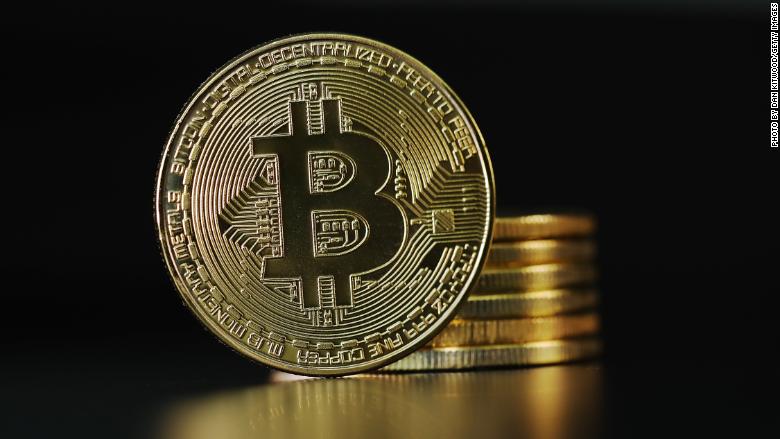Bitcoin recoups some losses in Asia after plunging on Chinese crackdown

Bitcoin regained some ground on Tuesday, a day after touching a two-week low when China’s central bank reaffirmed a crackdown on cryptocurrencies and restricted trading channels for Chinese residents.
The world’s largest crypto currency was last up 3% at $32,600, having dropped more than 10% on Monday. Ether, the second-biggest crypto currency, was up 2.8% at $1,940 after hitting a five-week low the day before.
Monday’s sell-off was sparked by an announcement from the Peoples Bank of China saying it had summoned China’s largest banks and payment firms urging them to crack down harder on cryptocurrency trading.
“It basically says now OTC transactions are not legitimate… we are not allowed by the banks to transfer money for cryptocurrency purchases and sales,” said Bobby Lee, founder and CEO of Ballet, a cryptocurrency wallet app, and formerly CEO of BTC China, China’s first bitcoin exchange.
Crypto exchanges were effectively pushed out of China by a 2017 rule change, but over the counter (OTC) platforms based-overseas sprung up to act as middlemen, receiving payment from people based in China and buying cryptocurrencies on their behalf.
“Essentially this puts all the OTC platforms out of business,” Lee said.
Last month, three industry associations, which have much less clout than the PBOC, issued a similar ban on crypto-related financial services, but market participants said this will be hard to enforce as banks and payment firms would struggle to identify crypto-related payments.
However, following Monday’s PBOC statement, banks including Agricultural Bank of China and Alipay, the ubiquitous payment platform owned by fintech giant Ant Group, said they would step up monitoring to root out crypto transactions.
Tuesday’s price moves suggested some Asia-based traders were trying to take advantage of the sell off.
Matthew Lam, an analyst at OKEx Insights, said data showing flows into stable coins could indicate a short-term rebound as traders try to buy at the bottom of the market.
Stable coins are digital tokens pegged to other products or currencies, often the U.S. dollar, and are a common intermediate point for traders buying cryptocurrencies.
“However, without any major catalysts, we are unlikely to see a major recovery, let alone a broader trend reversal,” Lam said.
HASH RATE DECLINE
Beijing has sharply ratcheted up its campaign against cryptocurrencies in the past few weeks, since China’s State Council, or cabinet, said last month it would tighten restrictions on bitcoin trading and mining.
Major bitcoin mining hubs have started to put this into effect, and authorities in regions including Sichuan, Xinjiang, and Inner Mongolia have issued their own curbs with greater details on the restrictions.
As a result, the hashrate, which measures the processing power of the bitcoin network and shows how much mining is taking place, on Monday hit its lowest level since late 2020.
In the short term, the broader crackdown too is affecting prices.
“Some of the miners in China may be more willing to sell their bitcoin now versus when they are able to run their mining operations, because they have to raise cash,” said Seth Melamed, the Tokyo-based chief operating officer of cryptocurrency exchange Liquid.
But he believes this was just a ‘temporary blip on the radar,” as “mining that gets shut down in China will be backfilled by miners in Iceland or Kazakhstan”.



